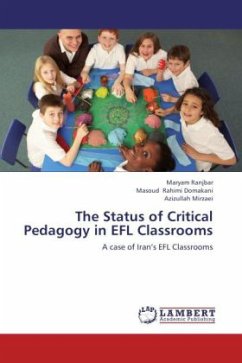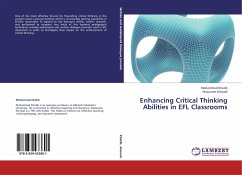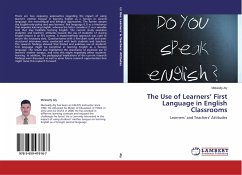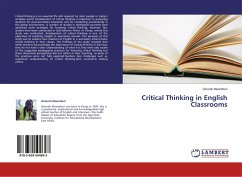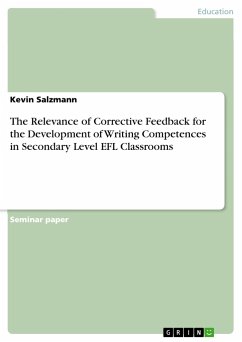Critical Pedagogy (CP) is based on the idea that creating space for dialogues, negotiations and new knowledge construction should be at the forefront of our teaching frameworks. This book offers a review of the studies in critical Pedagogy in education in general and in second language acquisition in particular, and then reports a study which explored whether CP has found any place among EFL classrooms in the educational system of Iran. The study reported in the book sought to examine the dominant discourse structure to find out whether it follows traditional discourse structures such as initiation response follow-up (IRF) or, conversely, CP s favored discourse patterns like dialogic negotiation for meaning (NfM). The findings revealed that the current EFL classrooms seemed to follow the traditional banking model of education with the vertical, monologic, teacher-initiated IRF as the dominant discourse structure. They also indicated that discourse-construction opportunities tended to be distributed unevenly in the classrooms.

